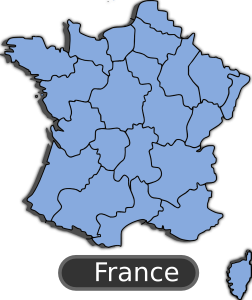Gigaclear to provide competitive retail access to their fibre networks
Article
thinkbroadband :: Gigaclear partners with Fluidata to offer provider choice on network
My Comments
In the UK, a lot of small fibre-based networks are popping up in different country areas to offer real next-generation broadband to these areas. They are typically either a sole private effort or assisted by local or central government or even the local community.
But, unlike most next-generation broadband networks (including the National Broadband Network in Australia) and the ADSL broadband networks in most areas, there isn’t competitive access to the infrastructure. Here, it makes it hard for these markets to be approached with retail Internet service that competes on price or services offered.
Now, Gigaclear, whom I have been following on HomeNetworking01.info, have partnered with Fluidata to open their fibre-to-the-premises networks to other retail providers on a competitive-access model. This could allow a potential customer in Lyddington, Appleton or somewhere similar to benefit from a competitive tariff chart or sign up to a package that has “all the fruit” like VoIP telephony or IP-provided television.
There needs to be a platform for providing competitive access to infrastructure provided as part of any new next-generation-broadband project This means that there is a company who looks after the infrastructure to the point of demarcation between the company’s responsibility and the customer’s responsibility at a customer’s installation.
But different companies can use this platform to provide a business or home customer access to the Internet using this infrastructure but in a competitive manner. Here, a customer then chooses which company provides an offer that best suits their needs and provides the best “bang for the buck”.
One could easily think that such a platform needs to be built or integrated at a later stage after the project is established but it is worth investigation any competitive-access systems as part of rolling out a next-generation Internet or rural-broadband-enablement project.

